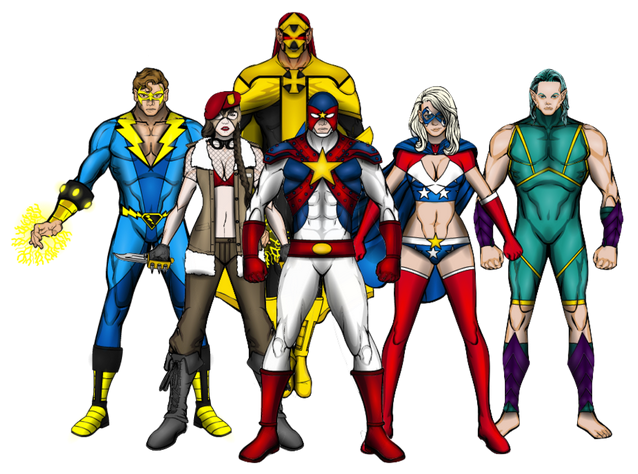
A great outcome of any hiring strategy is when it works. You are pulling in amazing people, and they are growing and supporting each other to build a great product organization.
That is the world I have been living in over the last several months. Our product team at ThinkingPhones has literally tripled in size over the last year.
Given we have all learned during this hyper-growth period, I thought it would be helpful to share some of the best practices and processes we have implemented during that time.
So let’s start with the most important step:
The “Gravity Hire”
I use what I call the “gravity hire” methodology to build product teams quickly. This means that my early hires are product rockstars that will be able to attract other amazing PMs. Then I have them spend 50% of their time hiring other rockstars.
As the team forms and grows, it becomes critical to open up new internal and external communication processes to keep everyone marching in the same direction.
Here are some of the specific methods we have used successfully:
Product “All Hands” With an Open Mic
When you are hiring so many talented people in a short period of time, it can be challenging to make sure all of them feel like they own a mission-critical part of the product portfolio.
Enter the Product “All Hands” meeting.
It is held for 30 minutes once a week. Everyone in the product team joins, and we have just two agenda items:
- I share info about the company as a whole and take questions.
- There is an open mic portion where anyone can “virtually” stand up, and share information or ideas.
The meeting puts my team on the same page regarding:
- Exactly what is going on in the company
- What deadlines are pending
- Roles and goals across the team
- How the team can help each other achieve or exceed those goals
Cross Team Lunch and Learns
We do frequent “Lunch and Learns” at ThinkingPhones, so my team and other teams can show each other what they have achieved in an informal environment.
For instance, our international sales leadership recently gave an update on our business outside of the U.S. over sandwiches and soda. This was great for my team because it provided additional context for upcoming product road mapping and prioritization decisions.
These sessions help my team, and other teams within the company, feel more connected with the mothership, and also ensure everyone sees how their work is impacting other areas of the company.
1-on-1
All of the directors in my organization have weekly 1:1’s with their team, and I personally do skip-level 1:1s every other week with individual product managers. They are an incredible management and motivation tool if used properly (Ben Horowitz’s post on 1:1’s has some excellent tips on the subject).
Regardless of how you run your 1:1’s, make sure you use it as a forum for the employee to say what they want or need to say. It is not a meeting to pass judgement or evaluate performance.
Managers get to know the more junior employees and the areas they work in, find out what is working, what is not in the company, and learn how to do their own job better.
Employees and junior managers have a chance to voice any concerns or worries, they get to know the senior managers and feel valued as a result.
Measure PM/Customer Contact
In a rapidly growing product team, individual contributor PMs often get buried in the details of building and shipping. This leaves them little time to engage with customers.
So consider measuring each of your Product Managers on how much in-person time they are spending with customers on a weekly or monthly basis.
The feedback they will take back into the organization from those touch points will be pure gold for your product team and for the rest of your company.
Connecting is Key
The more informed your PMs are about what their colleagues and customers are doing, the better product you will build. It really is that simple.
How are you managing your product teams to scale up as your company grows?
Let me know your best practices in the comments below.
Image credit: CC by JR19759



